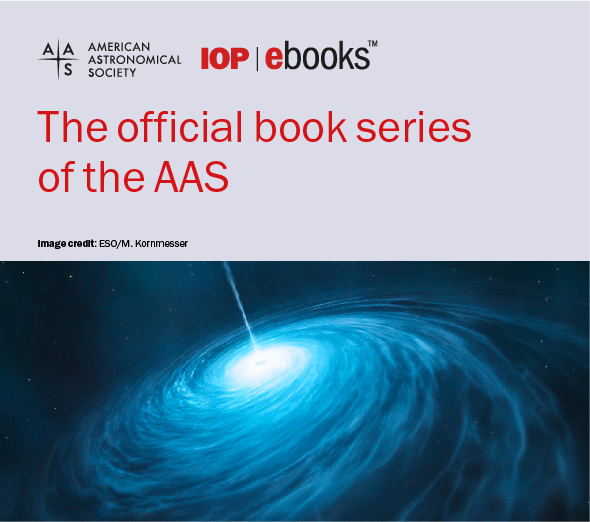Authors should use the \title and \author commands to specify title and author information and the \affil command to indicate the author’s primary affiliation. Each \author command should be followed by a corresponding \affil and optional \email command.
\title{text}
\author{name(s)}
\affil{affiliation}
\affil{address}
\email{e-mail address}
\and
Line breaks may be inserted in the title with the \\ command. (Long titles will be broken automatically, so the \\markup is not required.) If the title is explicitly broken over several lines, the preferred style for titles in AAS journals is the so-called “inverted pyramid” style. In this style, the longest line is the first (or top) line, and each succeeding line is shorter. The text of the title should be entered in upper case. Footnotes are permissible in titles. Be careful to ensure that alternate affiliations (see below) are properly numbered if a footnote to the title is specified.
Authors’ names should be entered in mixed case. Authors can use the LaTeX CJK macro package to include Chinese, Japanese and Korean language support with their names. More information about using CJK can be found here. Names that appear together in the author list for authors who have the same primary affiliation should be specified in a single \author command. Each author group should be followed by an \affil command giving the principle affiliation of those authors. Physical and postal address information for the specified institution should be included with \affil. The address can be broken over several lines using the \\ command to indicate the line breaks. Usually, however, postal information will fit on one line. When there is more than one \author command, the final one should be preceded by the \and command.
Authors often have affiliations in addition to their principle employer. These alternate affiliations may be specified with the \altaffilmark and \altaffiltext commands. These behave like the \footnotemark and footnotetext commands of LaTeX except that they do not take optional arguments. \altaffilmark is appended to authors’ names in the \author list and generates superscript identification numbers. The text for the individual alternate affiliations is generated by the \altaffiltext command.
\altaffilmark{key number(s)}
\altaffiltext{numerical key}{text}
It is up to the author to make sure that each key number in his or her \altaffilmark matches the numerical key for the corresponding \altaffiltext.
Note that the AAS peer review system pulls author information directly out of the submitted LaTeX to populate the database. When the \title, \author, \affil, and \begin{abstract}...\end{abstract} commands are used correctly there is a significant savings during submission for the corresponding author since this information does not have to be entered by hand.
When there is a lengthy author list, all author names may be specified in a single \author command with affiliations specified using the \altaffilmark mechanism. In these cases, no \affil commands are used, and in the PDF, the affiliations would all be listed in a footnote block at the bottom of the title page.
Another option for long author lists is to limit the number of authors specifically identified with the rest collected under a collaboration header. To limit the number of shown authors and to define a collaboration use the following commands.
\AuthorCallLimit=number of authors shown
\fullcollaborationName{collaboration identifier}
The first command will only show the specified number of \author commands, e.g. if \AuthorCallLimit=3 then only the authors provided in the first three \author commands will be displayed. When the number of authors is limited the \fullcollaborationName command must also be included. As an example, \collaborationName{Kepler Science Team} would produce “(Kepler Science Team)” after the nth author as defined by \AuthorCallLimit. It is important to note that both of these commands must appear before the first \author command. The full author list, including the affiliations, will be shown at the end of the article when these commands are used and the new \allauthors command is placed at the end of the article just before the \end{document}.
Note that these author limiting commands are only meant to be used to make lengthy author lists more manageable for PDF copies during peer review. Authors are still required to include all authors and affiliation information with the corresponding commands outlined above. The full set of authors is critical both during peer review and publication.





2.6 Author Comments
Authors may make colored notes or comments with the \authorcomment1 command.
This command produces the included text in red. Similar blue and purple text can be produced with the \authorcomment2 and \authorcomment3 commands. The text in any of these commands appears in the manuscript unless the \turnoffedit command is included in the preamble at which point it disappears altogether. While writing an article, authors can use these commands to mark up sections they are not sure should appear in the final version or provide internal comments to the other co-authors. The three colors provide the ability to identify different co-author comments or document version control.